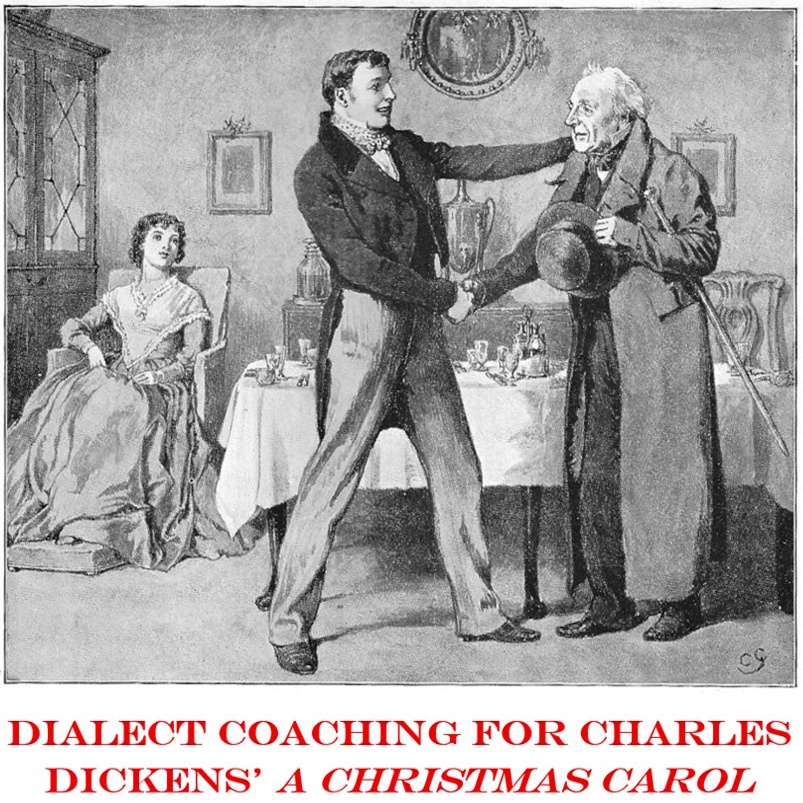Texas 23
Listen to Texas 23, a 20-year-old woman from Arlington and Fort Worth, Texas, United States. Click or tap the triangle-shaped play button to hear the subject.
Both as a courtesy and to comply with copyright law, please remember to credit IDEA for direct or indirect use of samples. IDEA is a free resource; please consider supporting us.
BIOGRAPHICAL INFORMATION
AGE: 20
DATE OF BIRTH (DD/MM/YYYY): 23/02/2000
PLACE OF BIRTH: Fort Worth, Texas
GENDER: female
ETHNICITY: Black
OCCUPATION: student-development specialist
EDUCATION: high school graduate with three years of undergraduate education in physics
AREAS OF RESIDENCE OUTSIDE REPRESENTATIVE REGION FOR LONGER THAN SIX MONTHS:
The subject has lived all her life in Texas except to attend college in Arkansas. (She was born in Fort Worth, grew up in Arlington, and lived five years in Waco.)
OTHER INFLUENCES ON SPEECH:
Her mother is from Arkansas, and her father is from Fort Worth, Texas.
The text used in our recordings of scripted speech can be found by clicking here.
RECORDED BY: Ben Corbett
DATE OF RECORDING (DD/MM/YYYY): 28/10/2020
PHONETIC TRANSCRIPTION OF SCRIPTED SPEECH: N/A
TRANSCRIBED BY: N/A
DATE OF TRANSCRIPTION (DD/MM/YYYY): N/A
ORTHOGRAPHIC TRANSCRIPTION OF UNSCRIPTED SPEECH:
All right, hey, so me and my friend: We decided to go to Devil’s Den [a state park in northwest Arkansas]; um, it would be about last March before all the COVID stuff happened, um, or February. And we went, and it was cool, so it was really nice. And it’s like one of my favorite things to do to get away from the campus, and we just go. We went on the yellow trail because, um, the first time we went, we went halfway. So, we’re trying to progress through that. Um, and the drive is beautiful, except for I hate that like when you’re going you — the roads are so tiny, and so you’re like almost going to fall off when you’re driving to get to the trail. But we made it, so that was fun.
Um, and then we got on the trail, which was really nice because we went around 9 or 10, and that’s like the peak time to do it because not a lot of people are there in the morning. And so we went, and then we were on the right track and we realized that like midway through we kind of like got off, and so when we got to like the end part, it was where it was like another location to start. So then we like had to double all the way back and make sure we weren’t lost. We like looked for the little X markers. And so we ended up doing like kind of twice the trail as opposed to just doing one trail. Um, so that was really nice.
We got, um, we took a lot of pictures, and we went over s- a little bridge, um, and then we go to, um, and then we got to saw — got to see a waterfall. Um, so it ended up not being as terrible. But I like to throw that in there because it’s really fun. Um, we also got to go over the lookout, so that was really cool, just kinda get away from space as well as just, um, me and her enjoying nature to its fullest without a billion people being there as usual with, uh, Devil’s Den.
Um, and then the track actually wasn’t terrible. The hardest part was just going over like the mountainside part of it where it’s kind of a cliff getting onto the actual trail if you’re starting from the bottom up. Um, and that was kind of scary, especially if you’re not wearing like the right shoes or clothing. Um, but like some kids go, I know a lot of people take their children, which is weird because they could really fall off. But, um, that was our trip. We made it eventually right before everyone else started coming. Um, but duly noted: Always just look on a — bring a map if you want to, or even your phone, even though you don’t like get like much cell service. But look for the markers, and once you don’t see any markers, realize that you’re going off the track. And that’s it.
TRANSCRIBED BY: Ben Corbett
DATE OF TRANSCRIPTION (DD/MM/YYYY): 19/01/2021
PHONETIC TRANSCRIPTION OF UNSCRIPTED SPEECH: N/A
TRANSCRIBED BY: N/A
DATE OF TRANSCRIPTION (DD/MM/YYYY): N/A
SCHOLARLY COMMENTARY:
The [r] consonant is lengthened and nasal (nurse, near, more, work, bird, course).
The word “Perry” becomes monosyllabic, with [r] overpowering the previous vowel.
The subject ends several words ending with [t] consonant with either a glottal stop, vocal fry, or simply with the previous phoneme (washed, jacket, vet, foot, goat, thought, out, lot, went, that, part, start, without, but).
Some [æ] TRAP words are pronounced with [a] BATH vowel (back, last, halfway). However, the word “track” is formed with the [ɛ] DRESS vowel.
The consonant cluster [st] uses the consonant [ʃ] in the word “strut.”
Occasionally, schwa [ə] COMMA is the first vowel in the diphthong in the word “like.”
Note the pronunciations of “ether” and “diagnosis.”
Use of vocal fry and downward inflection is consistent and present at the end of sentences in the Comma Gets a Cure story, though these patterns do become more sporadic in the scripted story than in her unscripted speech.
Vowel [ɪ] KIT is occasionally used (expensive, then).
COMMENTARY BY: Ben Corbett
DATE OF COMMENTARY (DD/MM/YYYY): 20/01/2021
The archive provides:
- Recordings of accent/dialect speakers from the region you select.
- Text of the speakers’ biographical details.
- Scholarly commentary and analysis in some cases.
- In most cases, an orthographic transcription of the speakers’ unscripted speech. In a small number of cases, you will also find a narrow phonetic transcription of the sample (see Phonetic Transcriptions for a complete list). The recordings average four minutes in length and feature both the reading of one of two standard passages, and some unscripted speech. The two passages are Comma Gets a Cure (currently our standard passage) and The Rainbow Passage (used in our earliest recordings).
For instructional materials or coaching in the accents and dialects represented here, please go to Other Dialect Services.
 IDEA: International Dialects of English Archive
IDEA: International Dialects of English Archive



